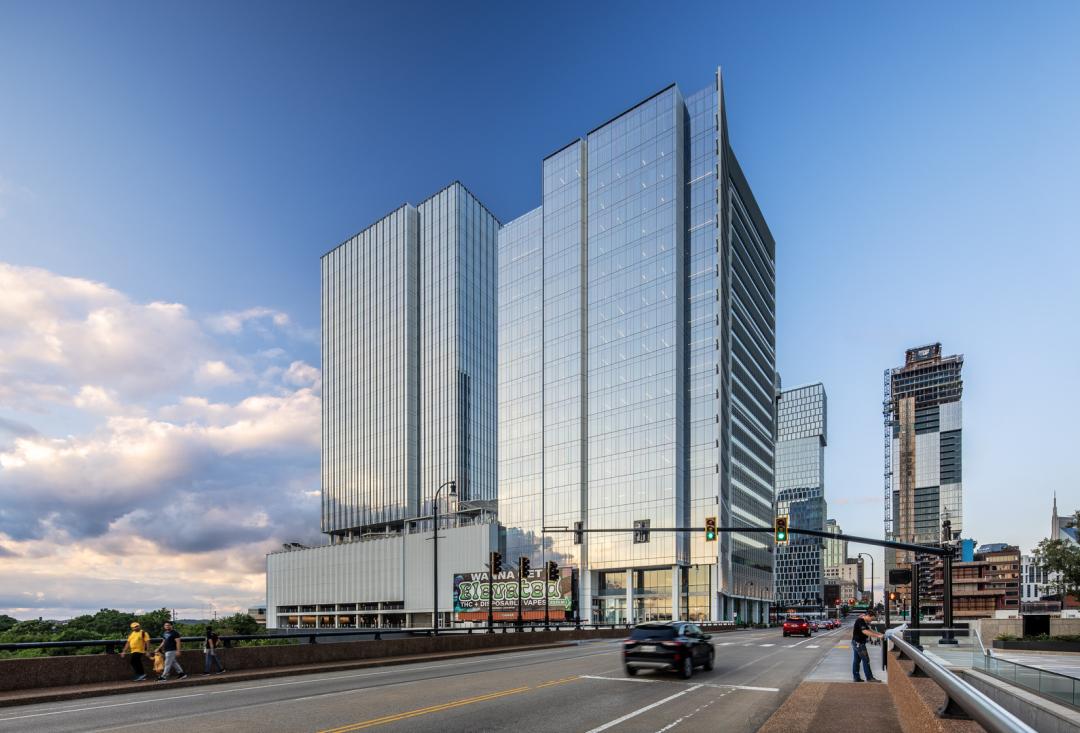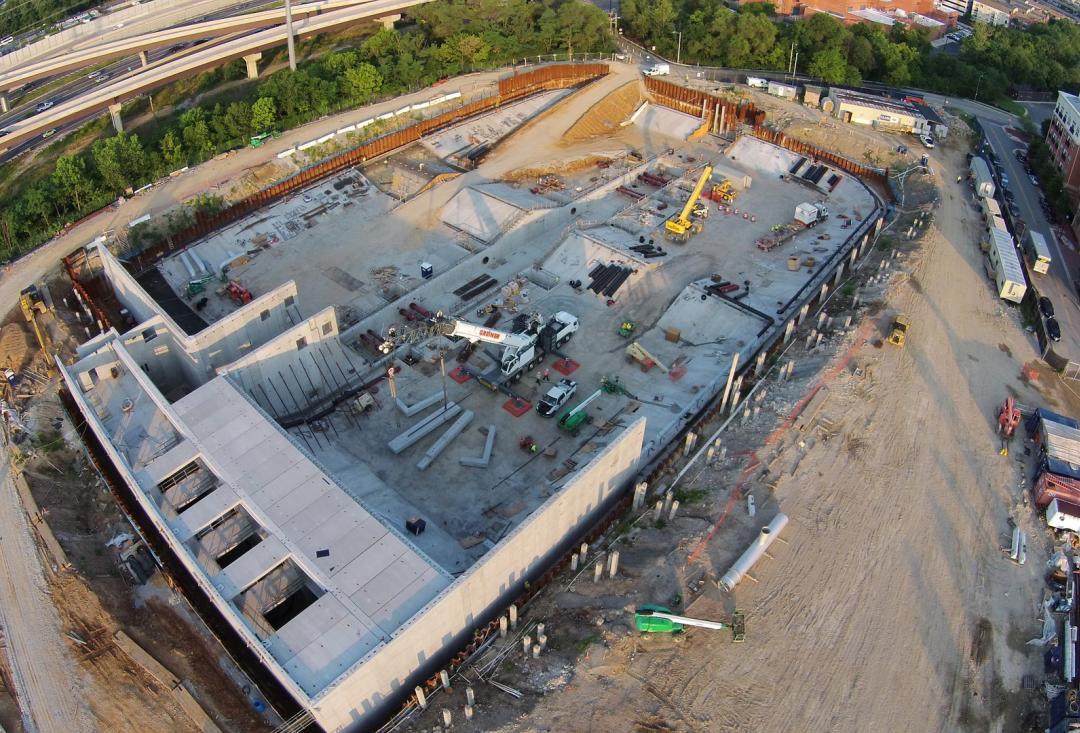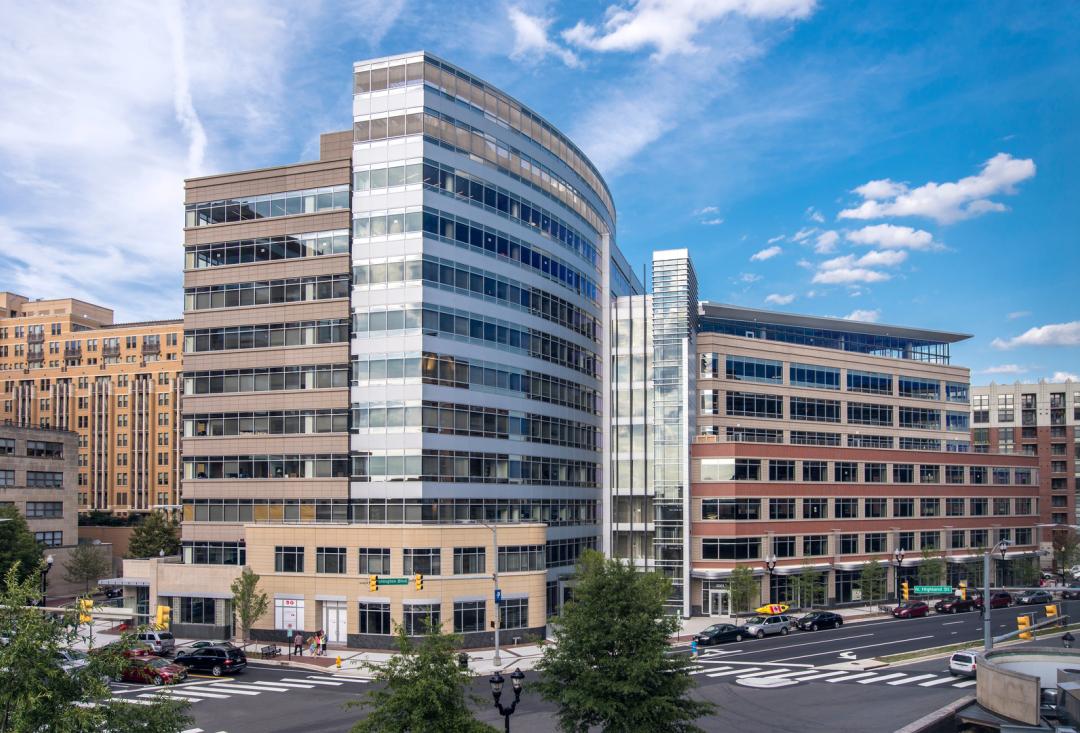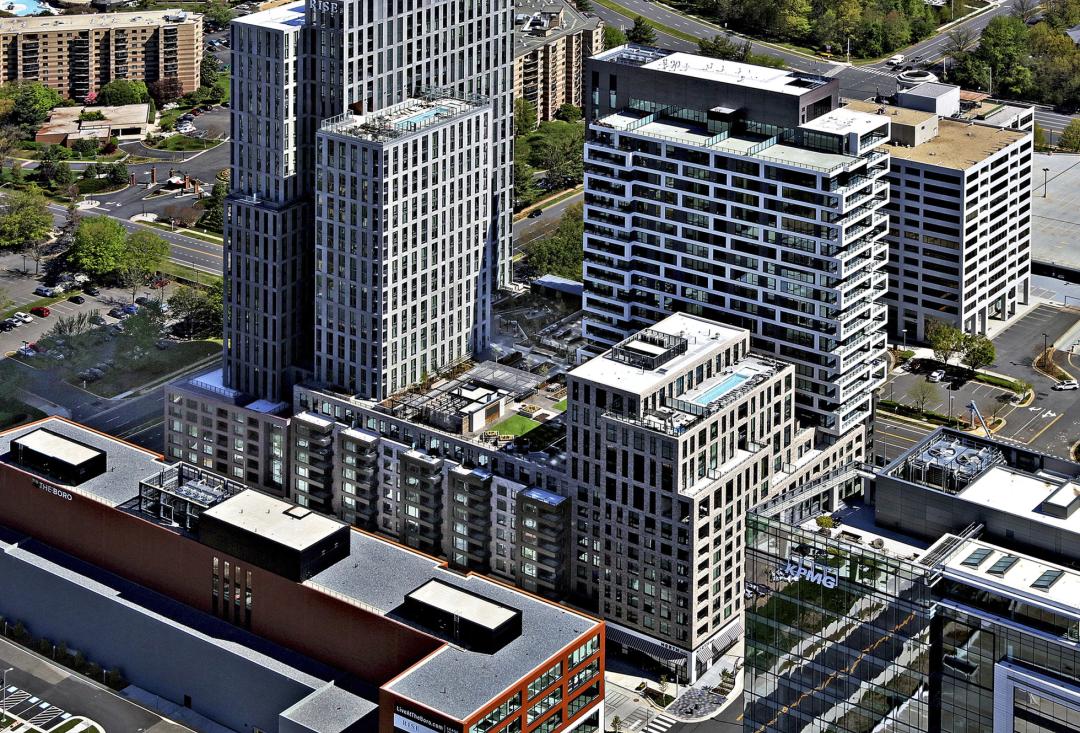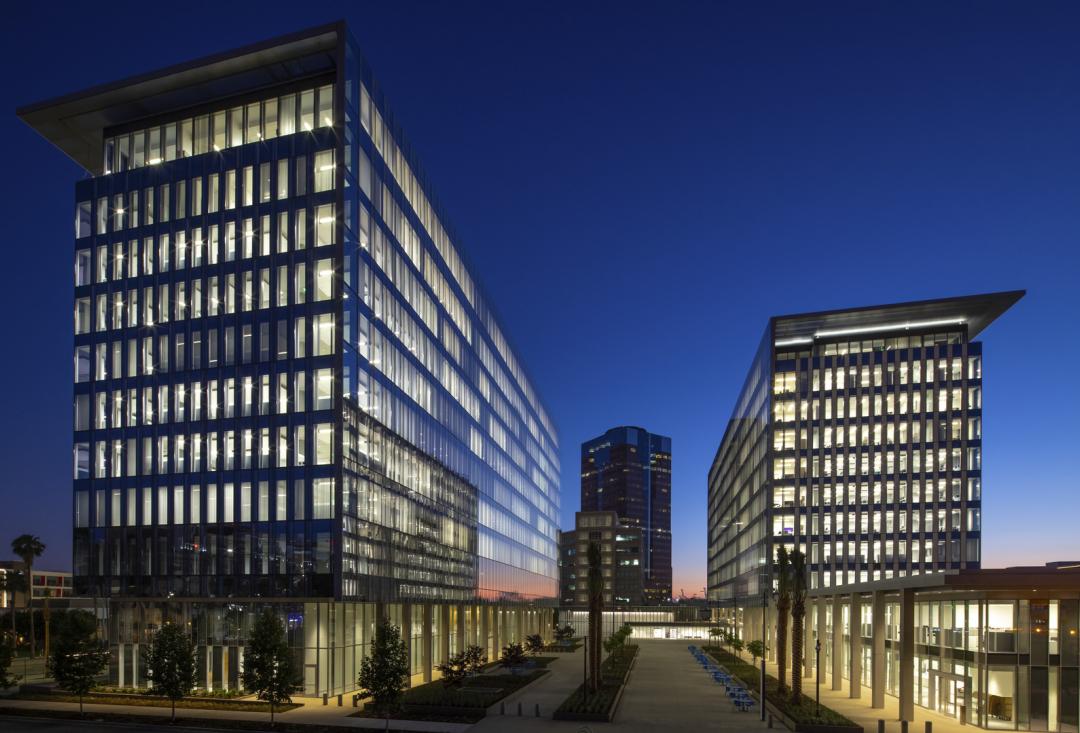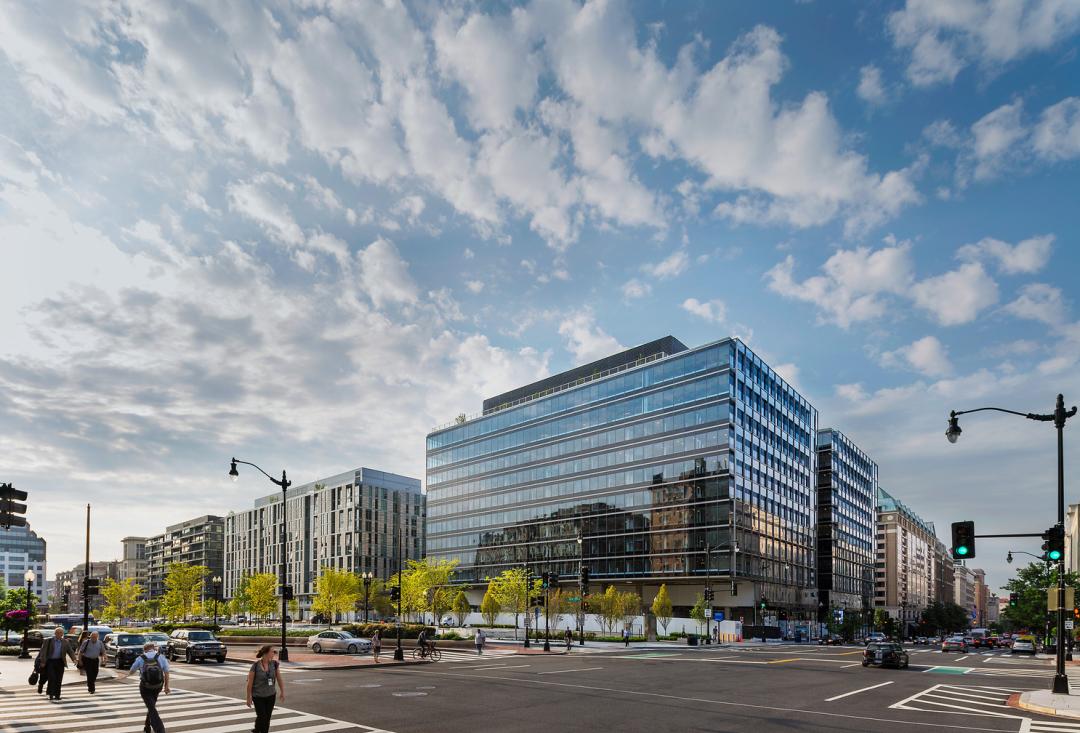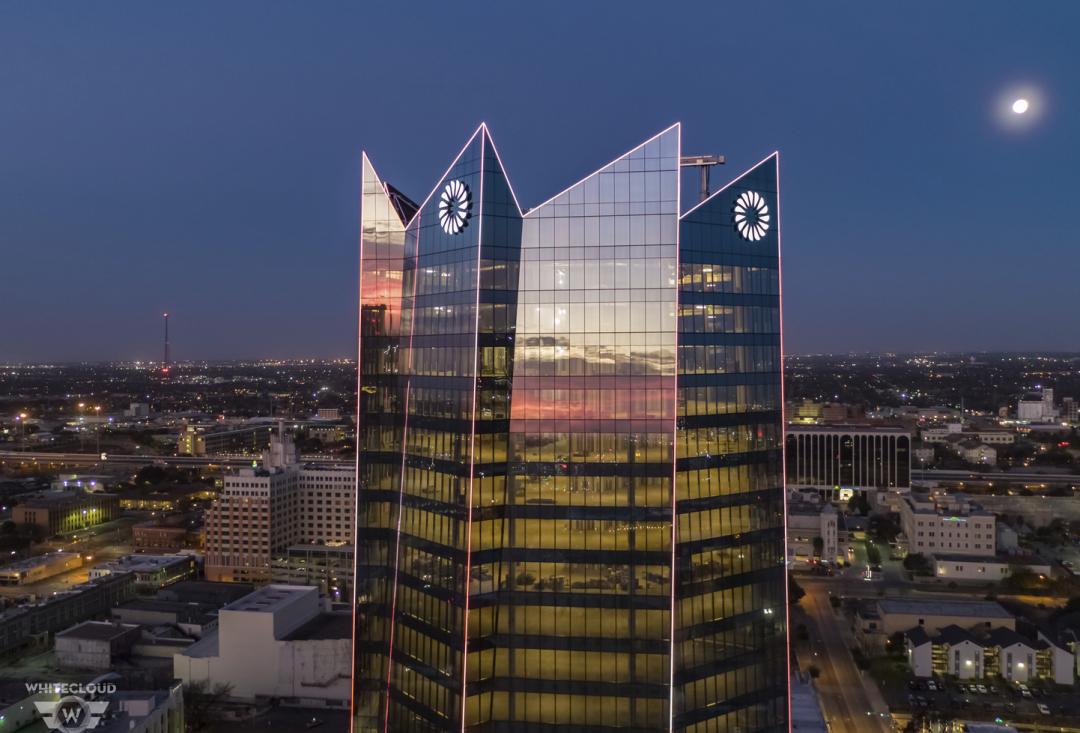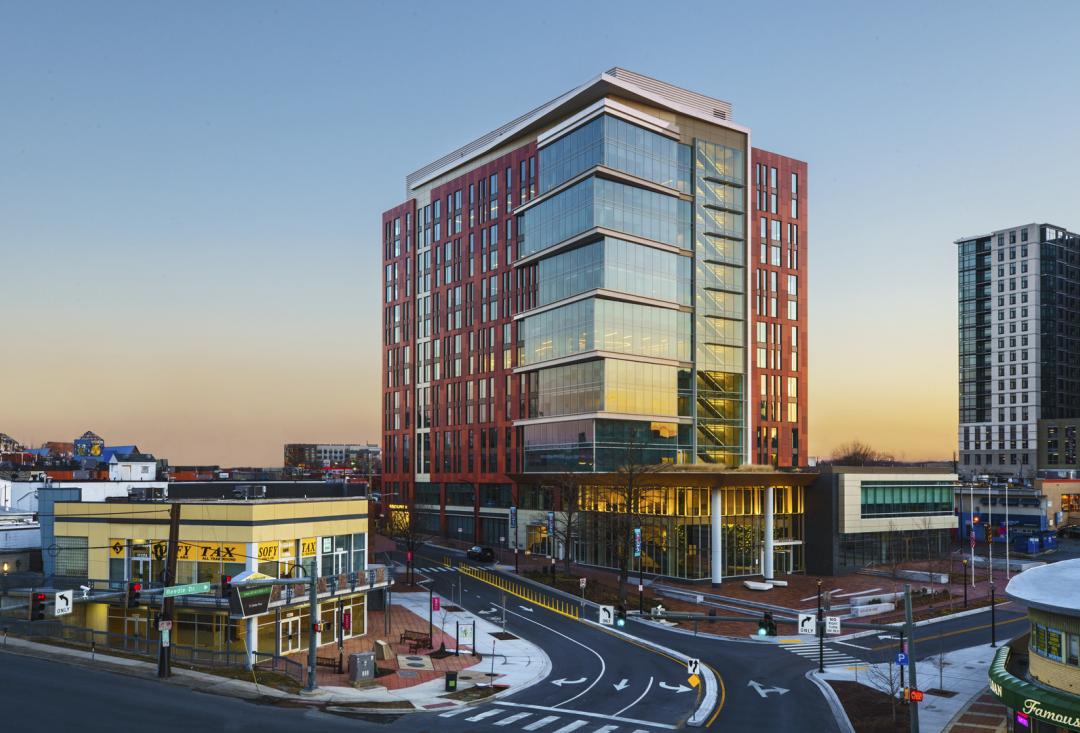Client
MJ Tyler and Associates
Designer
Pei Cobb Freed & Partners
WDG Architecture
Location
Washington, DC
Size
562,000 Square Feet
Completion Date
2012
Delivery Method
General Contracting
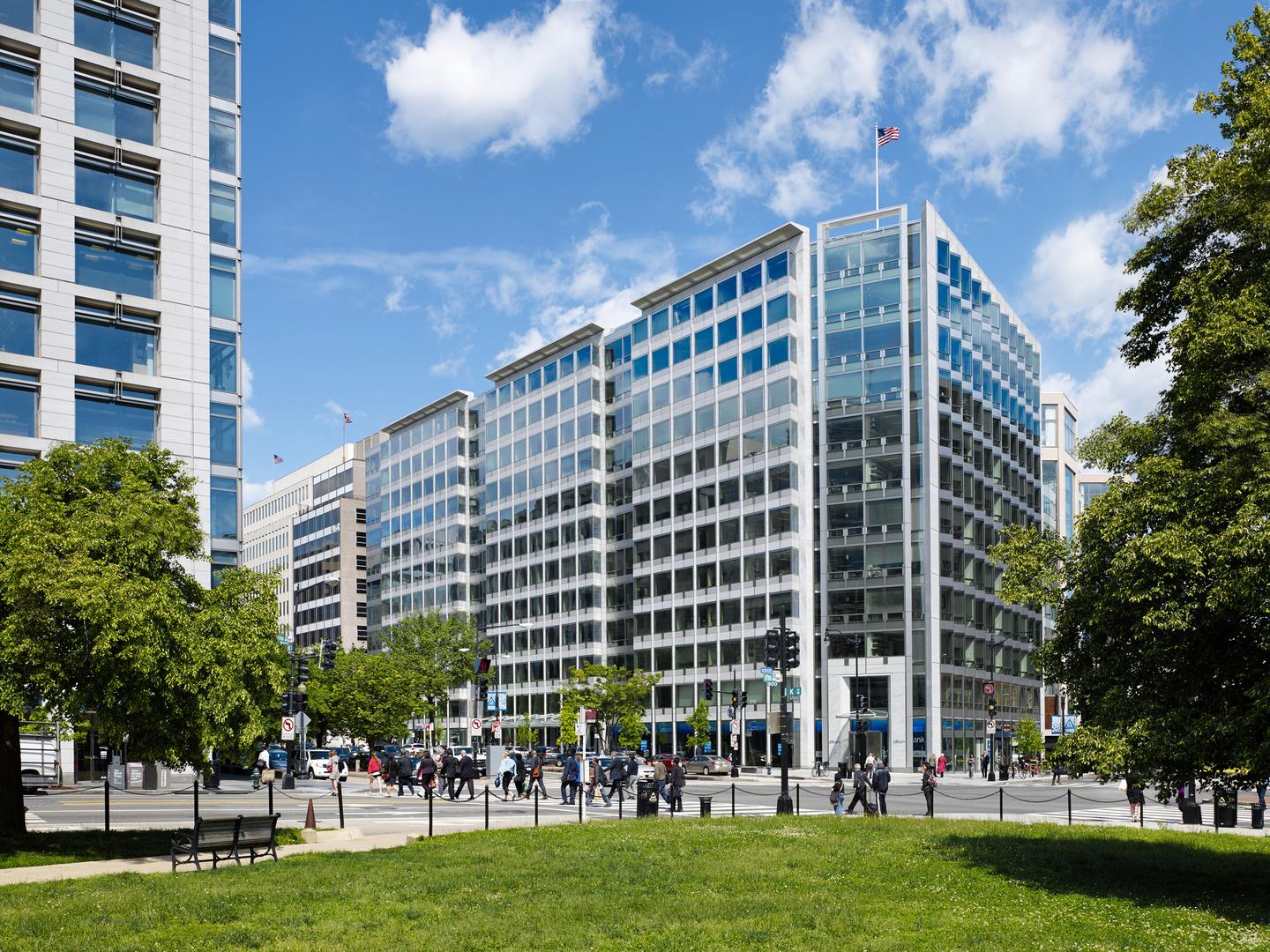
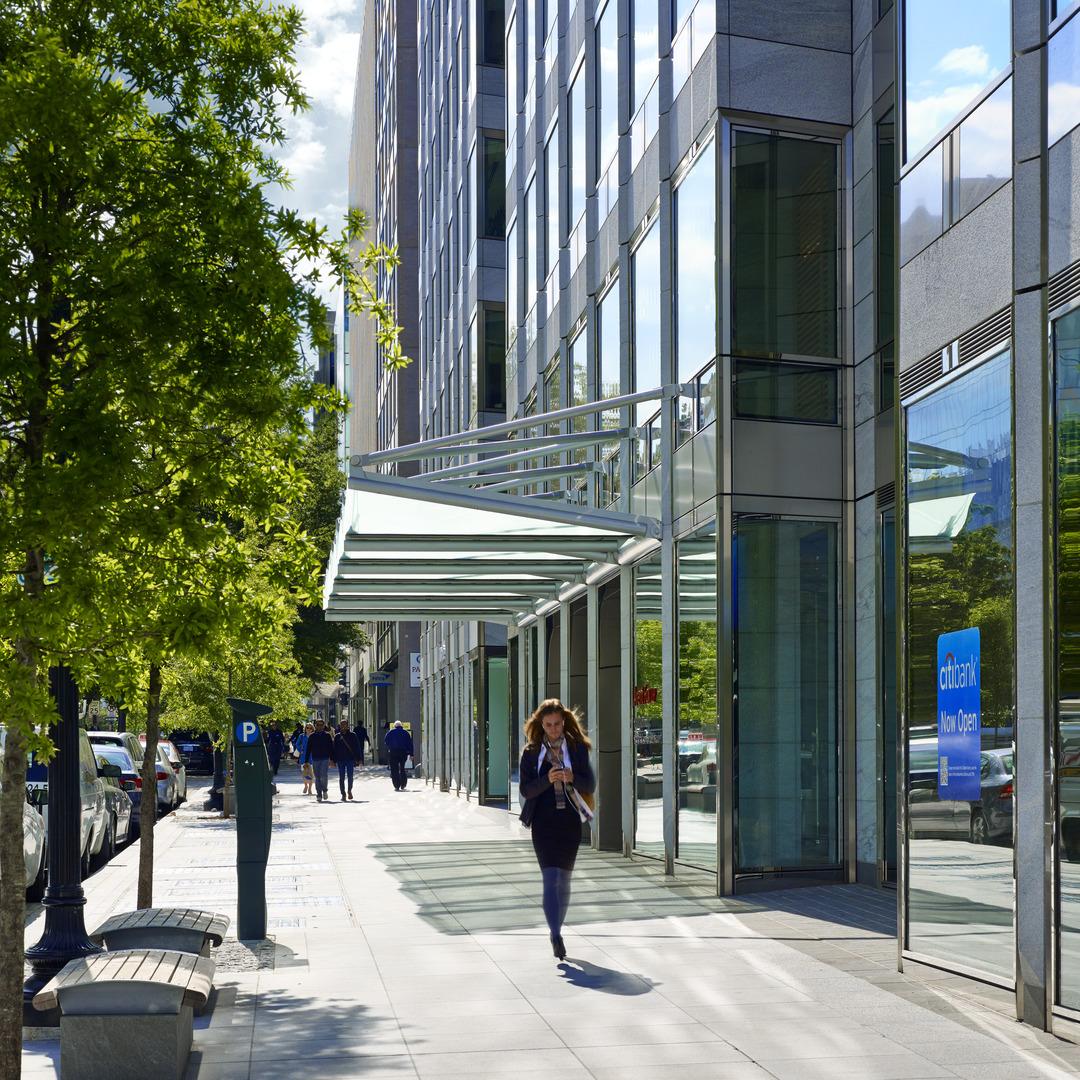
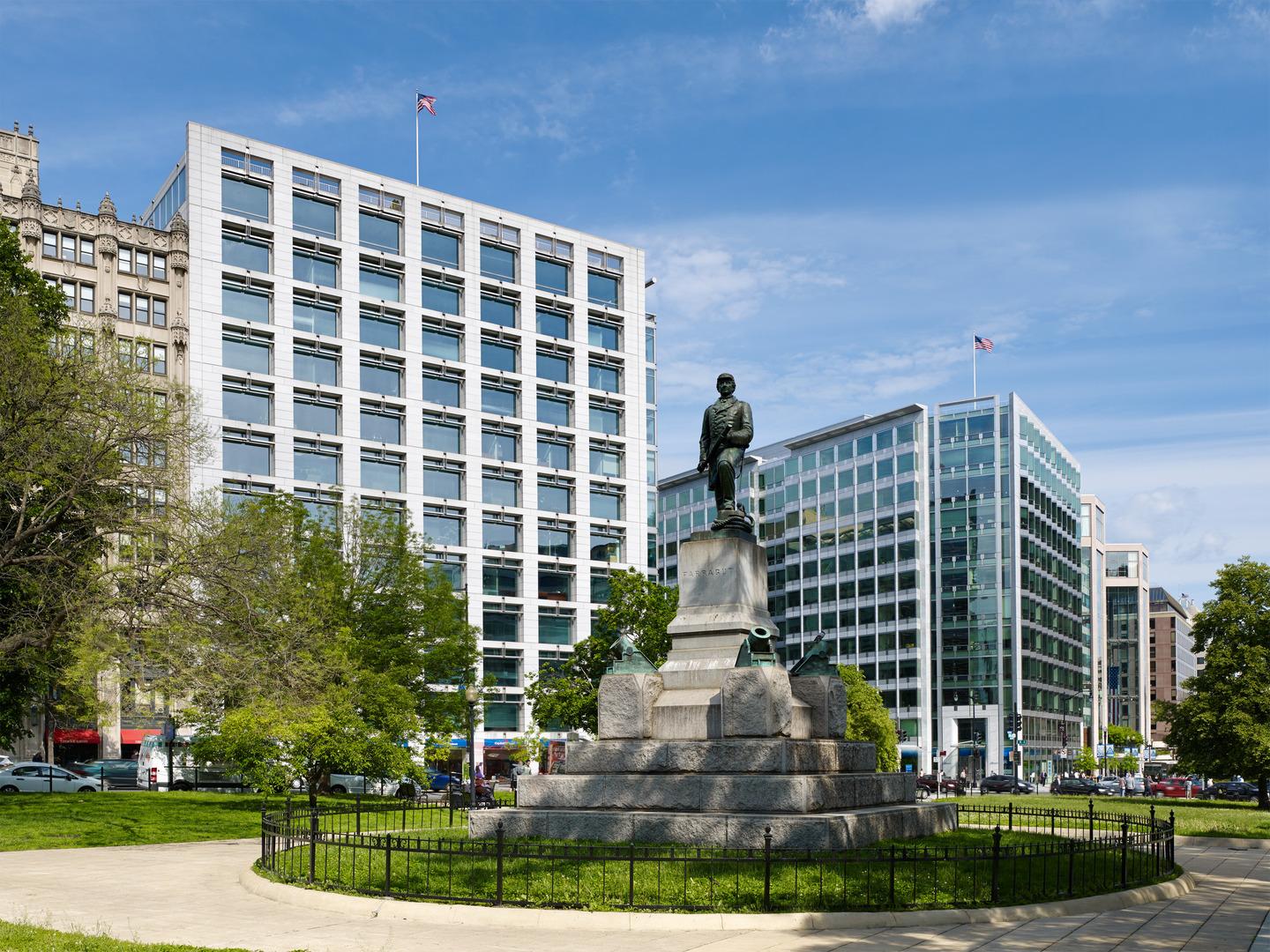
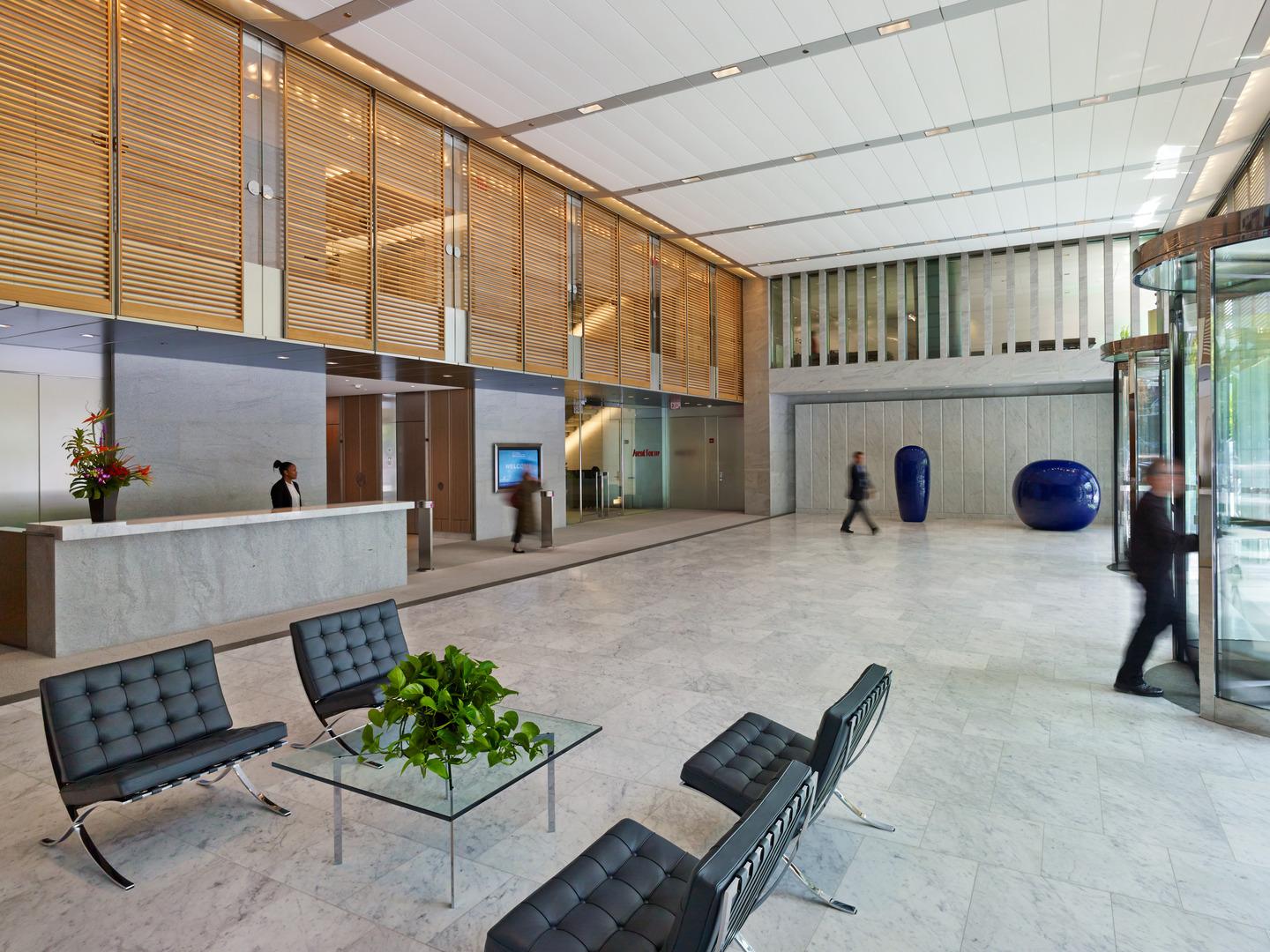
1717 K Street is a 12-story, 562,000-square-foot office building featuring four levels of below-grade parking and ground-level retail space.
Awards
2013 WBC Craftmanship Award (Exterior Stone)
2013 WBC Craftmanship Award (Curtain Wall)
2012 ABC of Metro Washington Excellence in Construction Award (Commercial)
2012 USGBC National Capital Project of the Year Award (Core and Shell Building)
2011 WBC Craftsmanship Award (Sitework/Underpinning/Foundations)
